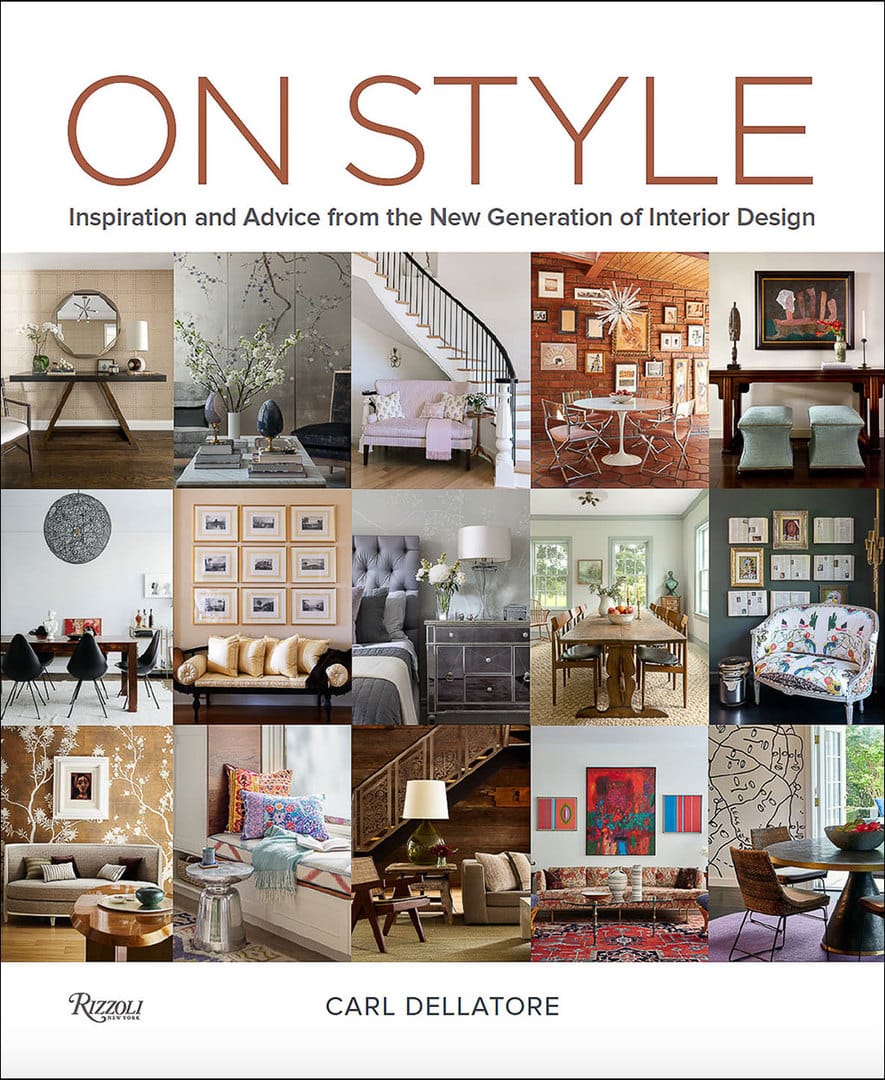On Style
On Style
SEPTEMBER 2019
On Style:
Inspiration and Advice from a New Generation of Interior Design
by Carl Dellatore
Photography by Gross & Daley
CRAIG STRULOVITZ
Growing up with an interest in all things creative, Craig Strulovitz started watercolor-painting classes at age five. Throughout his childhood, he spent as much time as possible studying the arts: drawing, painting, photography, ceramics, and all things visual.
Strulovitz always had a fascination with rooms; one of his favorite places to visit as a child was his grandfather’s home office. He was a custom-home builder, and Strulovitz would spend hours flipping through floor plans, trying to visualize the spaces and designing the “perfect” house in his head.
After earning an undergraduate degree in interior architecture from the Rhode Island School of Design, Strulovitz settled in New York City, where he found a position at Glenn Gissler Design. He honed his skills under Gissler’s mentorship; thirteen years later he holds the position of senior designer at the firm.
“Good design should be dynamic, always changing and evolving.”
Upon entering this apartment, you first see a bold composition featuring Theodoros Stamos’s 1946 painting The Sacrifice above a circa-1830 Chinese altar table. The pair of upholstered stools are covered in a soft green fabric to complement the palette in the adjacent rooms. The composition Is completed by a curated arrangement of objects, Including a rustre African sculpture and a Tiffany Studios candlestick.
FROM: West Milford, New Jersey
LOCATED IN: New York, New York
INFLUENCES: The pioneering early twentieth-century modern designers and architects, such as Josef Hoffmann, Adolf Loos, and Carlo Scarpa. These innovators moved away from decoration and ornamentation to focus more on proportion, superb natural materials, patterns, and textures.
THE LOOK: Modern interiors inspired by historical design movements.
COLOR: I prefer colors from nature–the bright green of new-growth leaves in the spring or the deep blues of the ocean on a clear day.
KEY ELEMENT: A well-designed room starts with having a great furniture plan. When beginning the design process, think about the function of each space and develop a layout incorporating all of those functions.
ALWAYS HAVE: A well-considered seating arrangement that feels inviting for one person, but can easily accommodate large groups. Get the best-quality, most comfortable sofa your budget will allow. Then incorporate smaller chairs and ottomans that can be easily moved around for a variety of different-size groups.
INSPIRATION: I often find inspiration in the composition of extraordinary artwork. In interior design, like any visual art, you need to pay attention to shape and proportion, balance, and harmony among the elements. There must be exciting elements that pull your focus but also negative space for your eyes to rest on.
NEVER FORGET: Storage. If you have thirty pairs of shoes or five hundred books, you should know where they are going to go. When everything has its place, your design will feel resolved and successful.
Opposite: The open-plan dining area has a large mirror to further expand the feeling of space. Above the dining table hangs an organic Lindsey Adelman Branching Bubble chandelier to contrast with the square-edged furniture in dark-stained walnut.
Above: The large and vibrant painting by Larry Poons above the custom sofa adds an element of surprise to the room’s neutral palette. The sofa is flanked by a pair of 1950s Italian lamps with an ombré glaze.
Right: To create a distinction between spaces. the family room was painted a soft green, complementing the background color of prints by Jo Baer on the walls. A white Nelson Saucer pendant adds a rich luminosity to the space.


